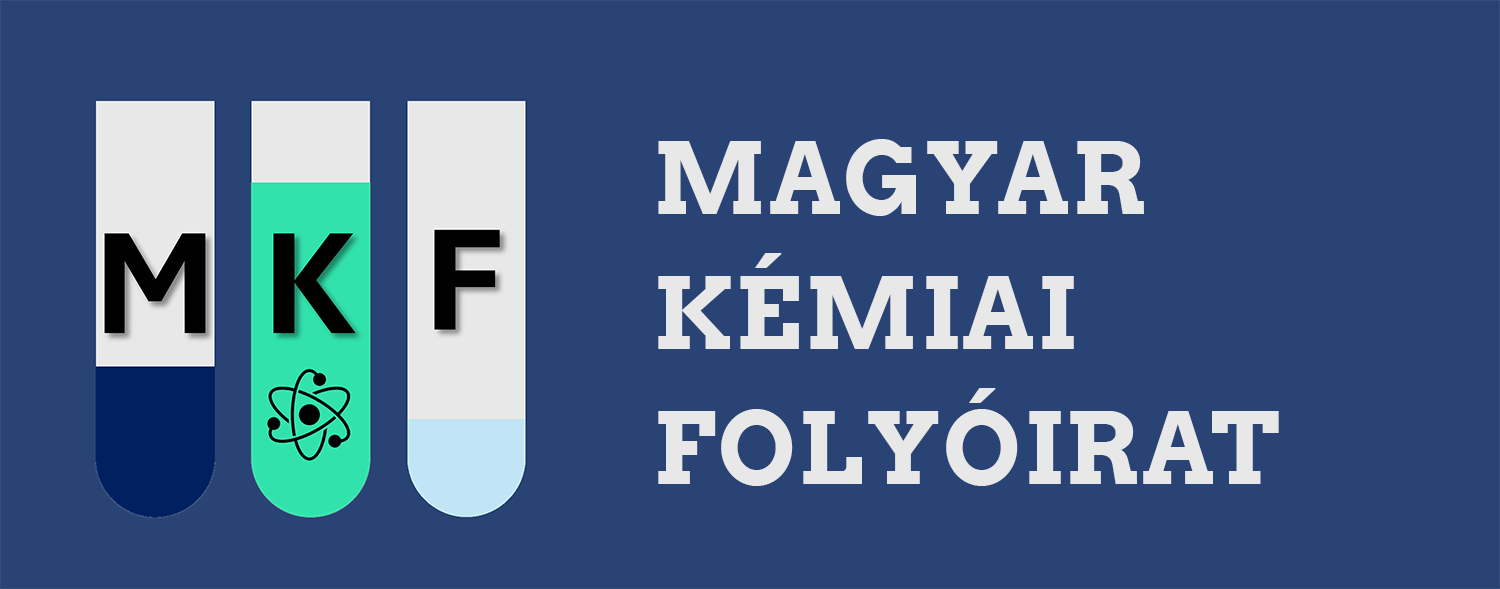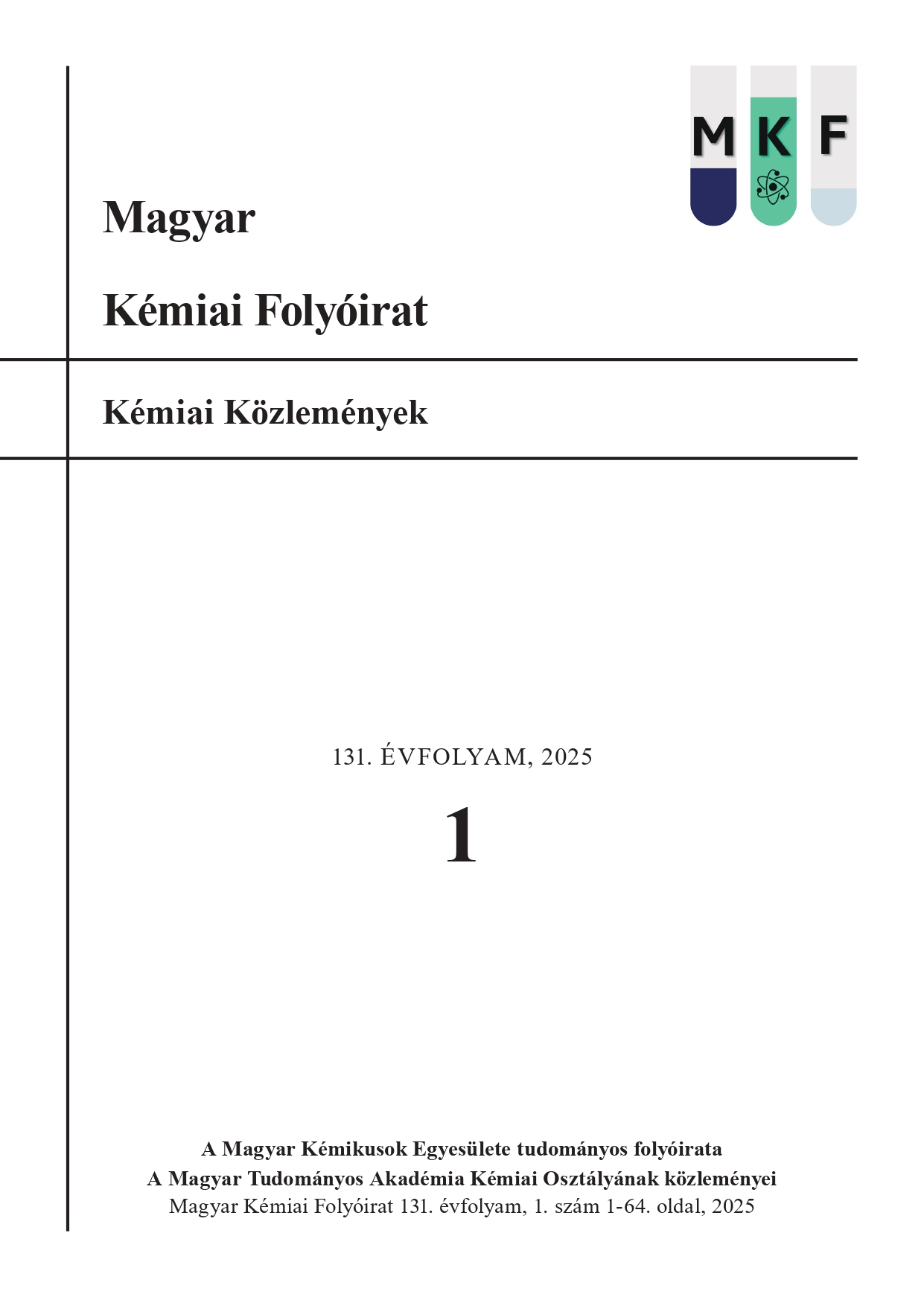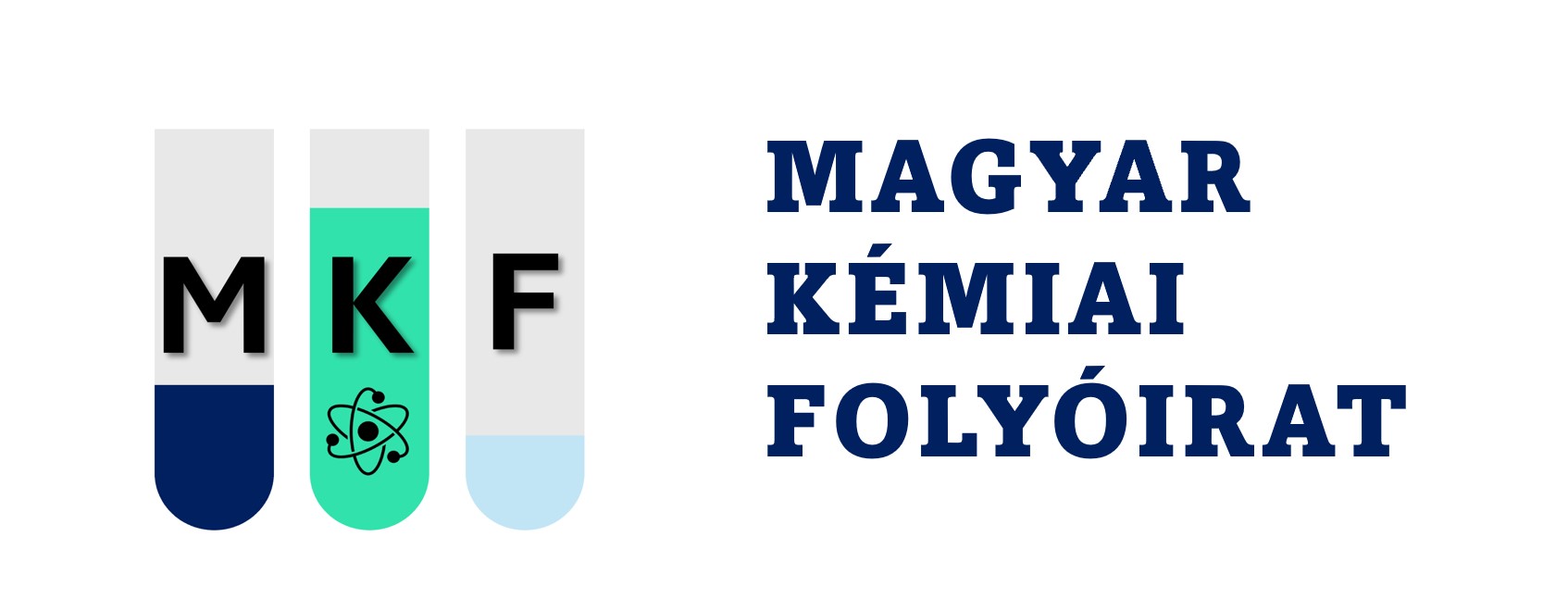Synthesis and photochemical characterization of photoactivatable nerve growth factor mimetic compounds
Abstract
Neurodegenerative diseases and injuries of the nervous system affect tens of millions of people worldwide. In our body, a number of different compounds play a crucial role in the development and survival of neurons, one of the most important being the nerve growth factor (NGF) protein. While this protein possesses neuroprotective properties and is able to direct the growth of axons, its use for therapeutic purposes faces several problems. To overcome this, a number of small molecule compounds–able to bind to the same receptors as NGF–have been identified in the last few decades. In this work, we synthesised two of the compounds that have previously been shown to have biological effects similar to those of NGF. Following their successful syntheses, we were able to create five novel caged compounds through the covalent attachment of commonly used photolabile protecting groups (Fig. 2). Four of the five novel compounds were then studied in detailed spectrophotometric and photolytic studies. First, we examined their spectroscopic properties, such as absorption maxima, fluorescence and molar absorption coefficients (Table 1). Next, to determine the quantum yield of their photolysis, a new methodology was adapted using the light-controlled cis–trans isomerisation process of 4,4’-dimethylazobenzene as a reference. This method can be used in systems in which the photon flux can not be directly quantified. Using the novel compounds, we plan to carry out several biological experiments in the future, in which the spatial and temporal release of the bioactive compounds will be achieved using focused light. This strategy offers the possibility of guided axon growth in three dimensions, and with that, the chance to create in vitro neural networks with custom topologies and, long term, to repair nerve injuries in vivo.






